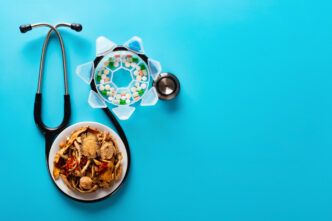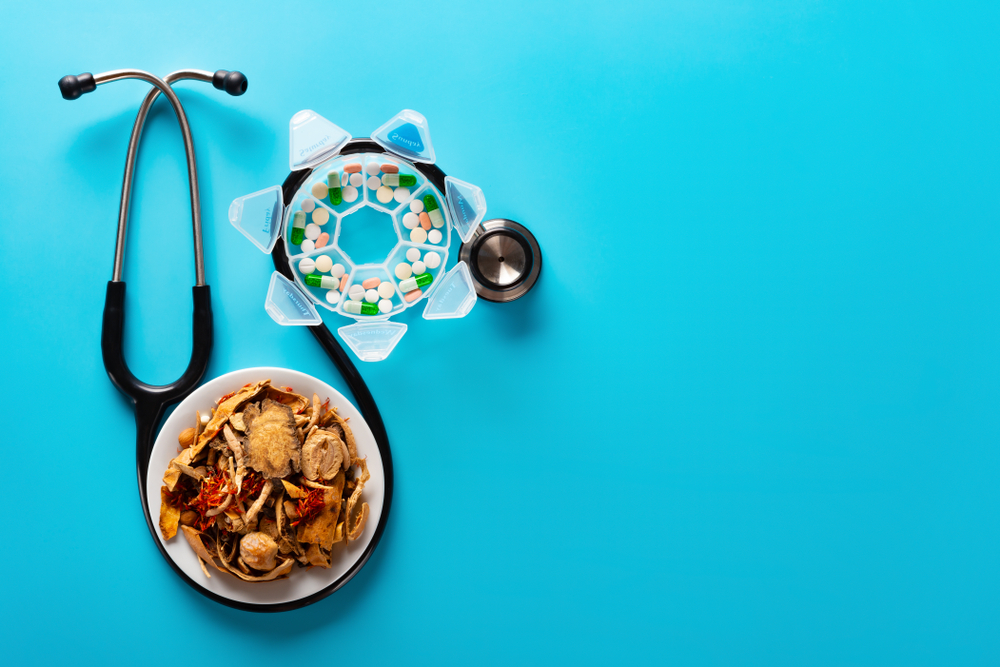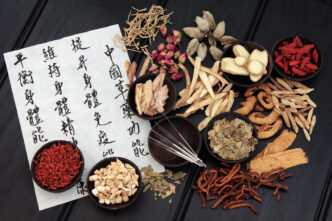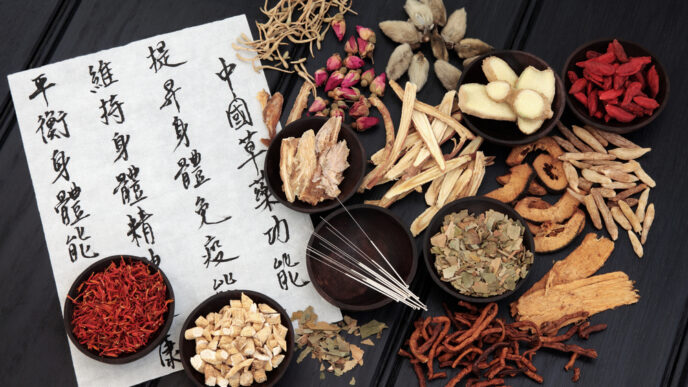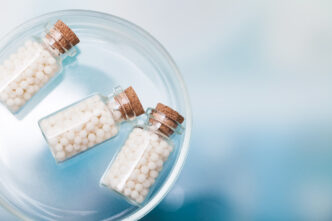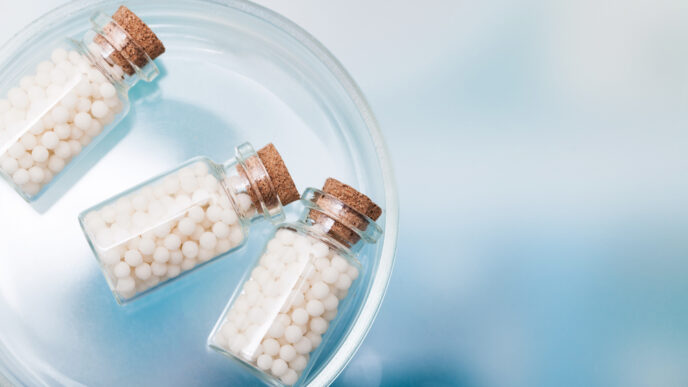As herbal remedies go mainstream, the risk of herb-drug interactions is rising. From ginseng to turmeric, natural doesn’t always mean safe. It is time for pharmacists and traditional and complementary medicine (TCM) herbalists to work together to protect patients from hidden risks and medication mishaps.
WORDS ASSOCIATE PROFESSOR DR LIM REN JYE
 FEATURED EXPERT FEATURED EXPERTASSOCIATE PROFESSOR DR LIM REN JYE Medical Director and Integrative Medicine Consultant Sunway TCM Centre |
NATURAL DOES NOT NECESSARILY MEAN SAFE
Millions are mixing herbs and medications daily.
From ginseng to goji berries, turmeric to tongkat ali, herbal products are no longer fringe — they’re mainstream.
While this trend reflects a shift toward holistic health, it also presents a hidden risk: many herbs interact with medications, often in ways that are unpredictable and unsafe.
These herb-drug interactions can reduce a drug’s effectiveness, intensify its action, or trigger unexpected side effects.
Here are Some Common Examples
- Gingko biloba + aspirin/warfarin = increased risk of bleeding
- St John’s wort + antidepressants/birth control = reduced efficacy
- Danshen (Salvia miltiorrhiza) + warfarin = increased blood thinning effect
- Licorice root + diuretics/steroids = increased blood pressure and/or potassium imbalance
| Mrs Tan, a 65-year-old retiree on medication for high blood pressure and cholesterol, began taking a herbal tonic that she came across on social media, to “boost energy and circulation”. Two weeks later, she found herself lightheaded every time she stood up. Bruises started appearing on her arms — ones she couldn’t remember getting. A trip to the TCM centre revealed that her herbal tonic contained ingredients that amplified the effects of her medication, putting her at risk of serious complications. |
The above scenario is more common than many realize.
- Patients rarely inform their doctors or pharmacists about the supplements or herbs they are taking.
- Often, they assume natural means safe.
- Yet, these herbal products contain potent bioactive compounds that interact chemically, metabolically, and physiologically with modern medications.
Even more concerning: patients usually visit separate providers — a clinic for medications, a TCM centre for fatigue, and perhaps an online store for supplements — with no integrated record or communication between these silos.
A CALL FOR INTEGRATION: WHY IT MATTERS
In my daily practice, we are attempting to bridge the communication between medicine providers.
- Patients are educated to bring all supplement and herb labels during consultations.
- Every herbal remedy is cross-checked by a pharmacist against their medication history.
- A pharmacist and herbalist work together — not separately — to ensure the patient’s safety.
- Pharmacists monitor drug safety, manage side effects, and prevent interactions, and natural supplements guidance.
- Herbalists consider constitution, herbal energetics, seasonal timing, and the patient’s full health profile.
- Ongoing dialogues between pharmacists and herbalists are kept open ensure tailored therapies with minimal risk.
- When there are concerns on the medications or interactions, practitioners will refer to the pharmacist for medication history taking, medication adherence or a pharmacy counselling.
When both pharmacists and herbalists work together, potential herb-drug conflicts can be flagged, discussed, and resolved before they harm the patient.
PERSONALIZED, HOLISTIC, SAFE: THE FUTURE OF HEALTHCARE
In today’s world of personalized medicine, patients should not have to choose between traditional wisdom and modern science.
A truly patient-centered approach blends the strengths of both systems — safely, but incorporating a model that:
- Reduces the risk of harmful interactions
- Encourages patients to be transparent and informed
- Builds trust through interprofessional collaboration
- Enables continuity of care in complex, chronic conditions
As integrative health becomes the norm, the safety net must evolve with it. Having both pharmacists and herbalists in the same setting isn’t just ideal — it’s essential.
| This article is part of our series on traditional and complementary medicine. |

